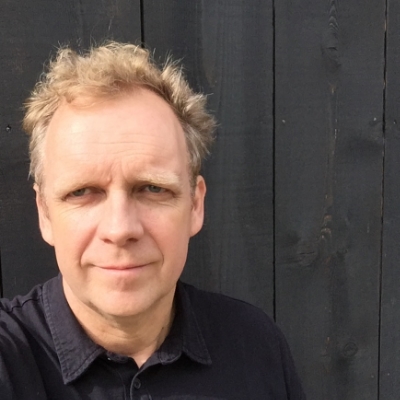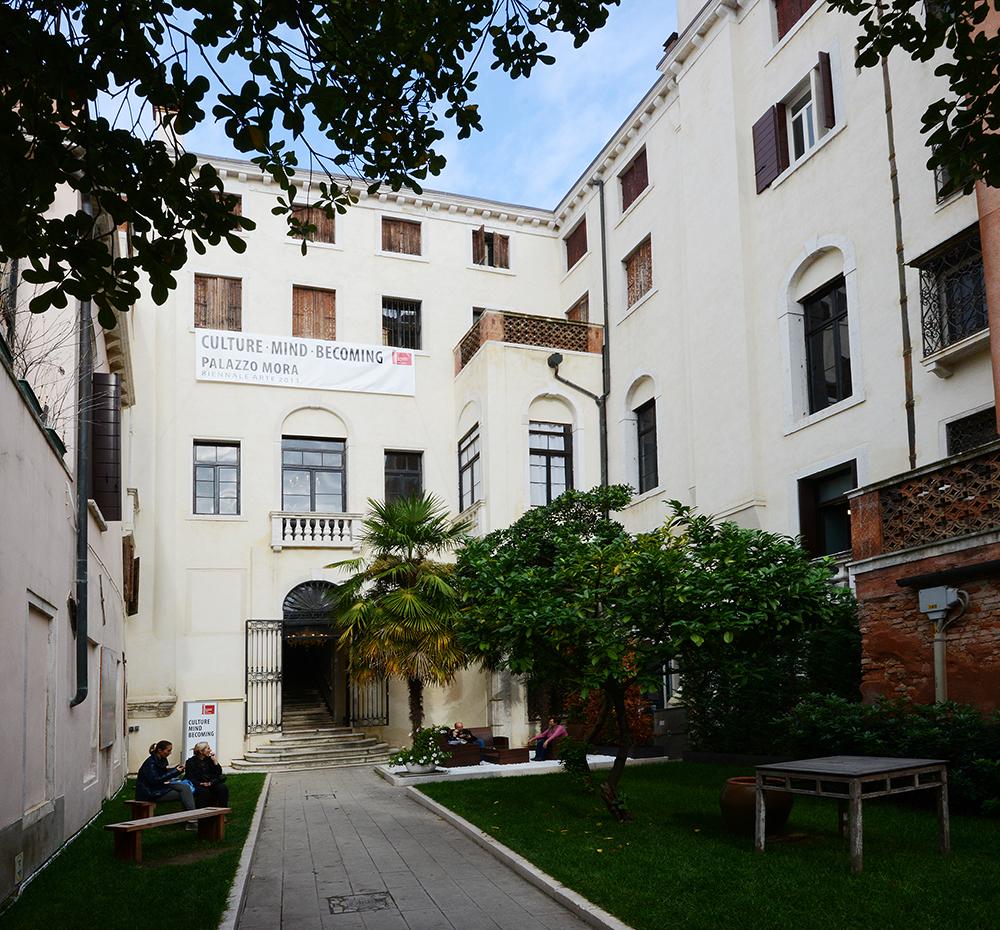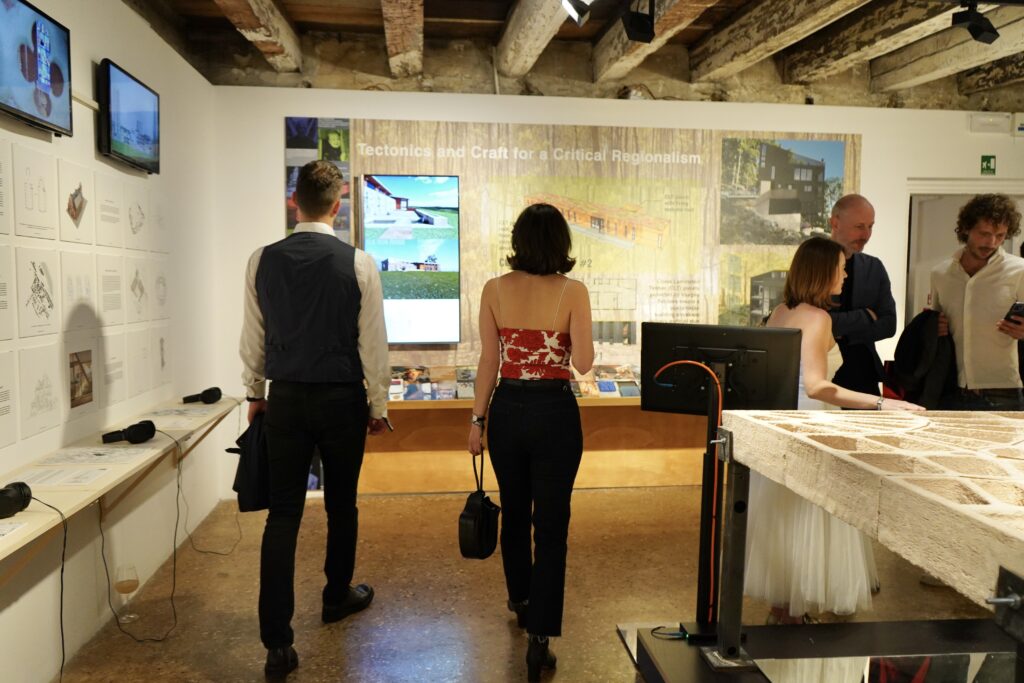The Venice Biennale signifies a lot in the architecture world, raising topics that might be prescient or provocative and, through its curatorial lens, suggesting a new direction for design thinking. As part of the broader festival, the European Cultural Centre’s Italian section has hosted an annual exhibition called “Time, Space, Existence,” and invited firms from around the world like Berryville’s Carter + Burton Architecture to participate. This year, Jim Burton, AIA and his design team planned and shaped an exhibition installation called “Tectonics and Craft for a Critical Regionalism,” a display that chronicles both the firm’s history, its methodology, its influences, and the practice of sustainable architecture in Virginia and beyond. In this interview, Burton talks about the exhibit and its implications for the bigger project of “critical regionalism,” first theorized by Kenneth Frampton and continued by firms like Carter + Burton.

What story are you telling in Venice about architecture in Virginia? What’s the opportunity for your firm?
With this exhibit format we are trying to bridge between education and practice to help share new and old knowledge about materials, building science and context while assuring there is a craft and beauty that will be appreciated and preserved as a form of sustainability. This celebration of those who have helped inspire and make the work possible has been a reminder of how research and design can evolve over time, while showing respect for timeless truths about architecture and collaboration.
With a focus on culture being the other half of sustainability, we reached back to early work to tell the story about detail discoveries in design/build experiments with recycled elements, site-harvested materials and micro-climate contexts. We also included our wider history of working with clients and craftsmen including an early Eco Modern house featured in the Washington Post in 1999 all the way up through newer designs under construction now. While there is a trend toward prefabrication and automation, we hope to show it can be relevant to provide energy efficient, loose fit, site-specific designs considering local, diverse and essential materials while supporting a local craft pool and the culture it comes from. We also enjoy celebrating the use of original art, custom rugs and furniture while balancing with the use of modern interior design classics. We have already seen responses from potential and new clients who are interested in some of the newer systems featured in the exhibit such as our use of CLT panels.
ECC Italy’s exhibition’s permanent title, “Time, Space, Existence,” is a heady rejoinder to the mission of sustainability. How do you anchor sustainability in a way that expresses what’s happening here in Virginia?
We have tried to focus on sensible tactics like using broken massing with shade buffer porches in wide open southern sites for ventilation and sun control while superinsulating more compact designs in northern wooded or shady mountain top lots.

Master campus plans, urban, suburban and exurban transformation projects featured in our exhibit also show expressions of specific conditions for creating place making including exterior rooms developed with landscape architect Gregg Bleam of Charlottesville. A palimpsest strategy is often used to bring in controlled light and materiality while showing remnants of the old balancing with the new rather than erasing the past altogether. Working with built-ins and furniture by Mira Nakashima is also a highlight that shares a more universal beauty found in natural material expression.
There’s another layer to this sustainability, which is that you have to work with new systems as the industry evolves. There are SIPS panels, which have been around for awhile, and there are CLT panels and others now. The building envelope technology continues to evolve with industry leaders like Dr. Joe Lstiburek of the Building Science Corporation and George Swanson, who co-authored the book Breathing Walls. As material qualities and the climate change, it becomes important to collaborate with specialists and learn from industry mistakes. We have had the privilege of working with Lstiburek on projects and in a new architecture education book.
Does this participate in, or even expand, the “critical regionalism” concept as Kenneth Frampton conceived it?
I will say that the details we’ve been experimenting with and addressing have been in a microclimate approach rather than a purely “regional” approach — we’re discovering things such as timbers milled on site have responded well against twisting and checking.
Some builders or artisans bring an exceptional skill level that becomes local lore when we are lucky enough to find them and work with them in a collaborative way. Because our designs do not look sentimental to a region, it may be harder to typecast or label the “ism” in this discussion.
How do Virginia’s biomes define its diversity?
We do work within an eight-hour radius, so we are up in Buffalo, New York, and down in parts of North Carolina, but most of our projects are in and around Virginia. Virginians have always wanted to connect with nature, and we enjoy working with those who are seeking that. We see a wide range of microclimates in Virginia. For example, sites south of Front Royal can be several degrees hotter than sites closer to West Virginia and Maryland. We have a site in Warren County near Browntown that is seven degrees cooler, and the wind continues to blow almost year-round up there. Our High Knob mountain top sites in Warren County have shown weather patterns similar to climate zones seen in northern Pennsylvania and New York.
The four-season beauty also can be unforgiving, with high humidity and heavy rain in shoulder months. Good detailing and planning with old and new knowledge can ensure comfort as people seek to live in the type of landscape that resonates with their instincts the most. We work hard to respect the qualities of the place and help people experience these places in a fun and exciting way.
This interview has been edited for length and clarity. Learn more about Carter + Burton’s exhibit.
William Richards is a writer and the Editorial Director of Team Three, an editorial and creative consultancy based in Washington, DC

